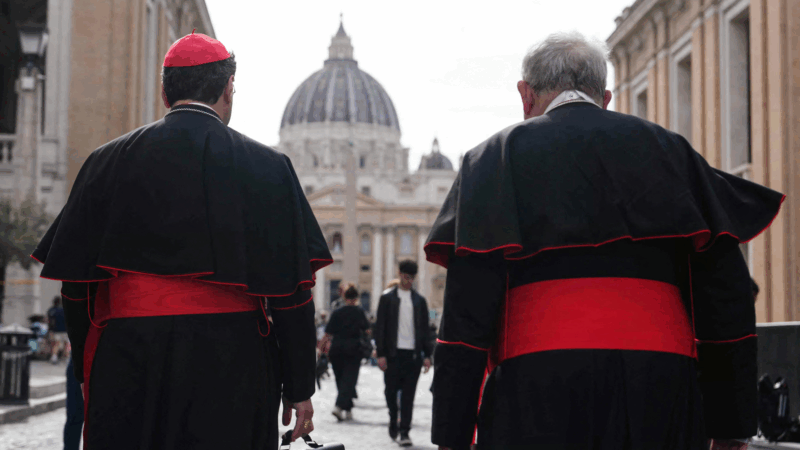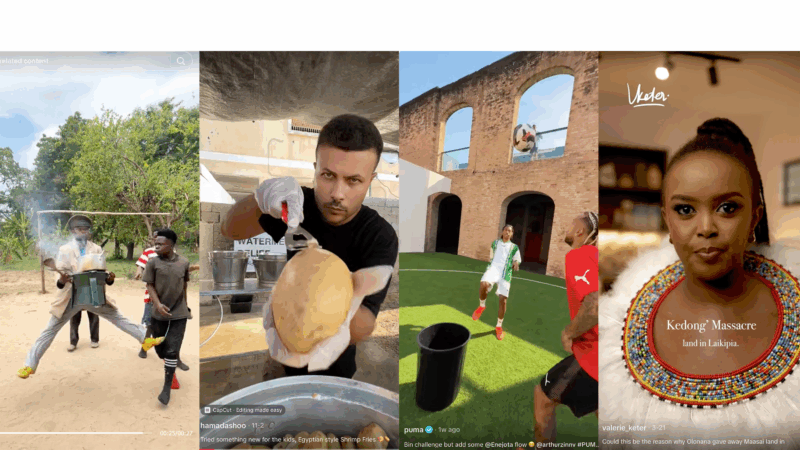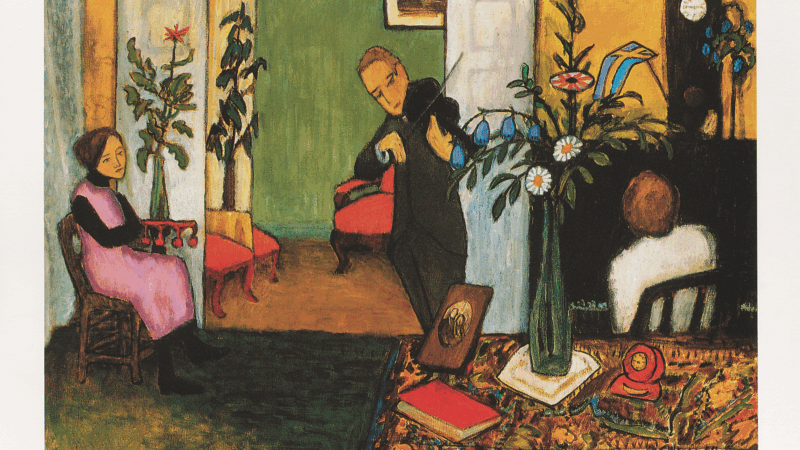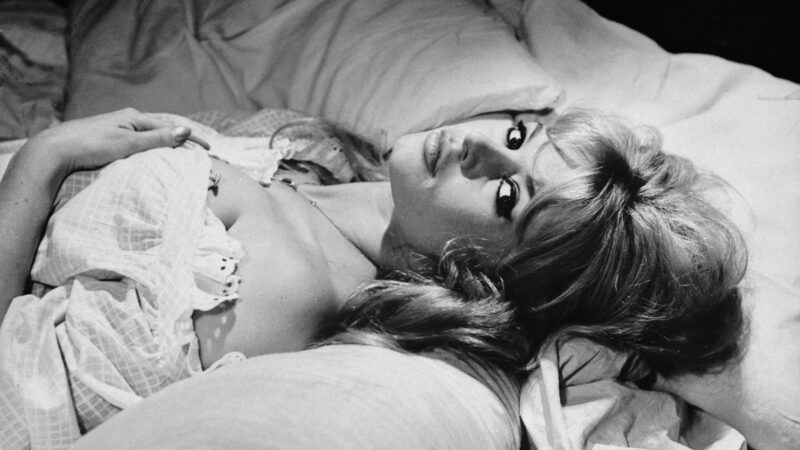The conclave to choose a new pope is about to begin
VATICAN CITY — As more than a billion Catholics around the world await the election of a new pope, all eyes will be on the Sistine Chapel, where 133 cardinals will begin the secretive process known as a conclave on Wednesday morning in Vatican City.
Throughout the week, pilgrims and journalists have flocked to St. Peter’s Square, as cardinals held closed-door meetings to discuss church issues and the qualities they want to see in the next pope. The pilgrims sing sacred hymns, while the journalists try to corner cardinals for clues about their papal preferences.
The conclave was set in motion by the death of Pope Francis on April 21 at age 88. Francis himself was elected in 2013, when he became the first-ever pope from Latin America.
Loading…
After nine days of services in memory of Francis, the conclave will be preceded on Wednesday by a special Mass for the election of his successor in St. Peter’s Basilica.
From there, the cardinals, wearing red robes, will proceed to the Sistine Chapel, where under Michelangelo’s famous frescoes, they will hear sermons and then begin voting.
Until they elect a new pope — signaled by plumes of white smoke streaming from a chimney atop the Sistine Chapel — the cardinals are sequestered inside Vatican City, with no access to the outside world. Outside the chapel, the Papal Swiss Guard stands watch.
Conclave begins with oaths of secrecy
The rituals take place according to rules popes have refined over the centuries, clarifying the timeframe and obligations. But the conclave itself must be obscured by “total secrecy,” as Pope John Paul II wrote. Cardinal electors must sign an oath of secrecy and seclusion, under threat of excommunication.
That’s why the process intrigues so many people, says Gregg Gassman, a librarian who edits the Pontifacts podcast.
“Some of the mystery does come from the closed nature of the conclave itself,” he says. “It’s fascinating.”
The conclave begins voting
“There’s only one round that first evening, and then you will see black smoke or white smoke,” says Kurt Martens, ordinary professor of Canon law at the School of Canon Law at the Catholic University of America.
Typically, he says, the first round is merely an indication of the cardinals’ priorities. On the following day, the conclave starts holding two rounds of voting each morning, and another two in the afternoon.
After each vote, a needle is pushed through the ballots, binding them together. If no winner emerges with a two-thirds majority, the two packages are “put together in that stove that is in the corner of the Sistine Chapel, to burn them and produce whatever smoke needs to be produced — white or black,” Martens says.
The church once used wet straw or dry straw to produce the right color, but to avoid confusion, the process now relies on chemicals.
The cardinals will continue to pray and contemplate — and vote — until a new pope is elected.
How long do conclaves last?
“All of the conclaves from the 1900s onwards have been under four days,” says Bry Jensen, host of Pontifacts.
After a successful vote, the winning candidate is asked two questions. The first is whether they accept their election as pope.
“And then the second question is going to be, ‘What name do you choose?’ And then the name is chosen,” Martens says.
Before Pope Francis was elected, many of the faithful in Buenos Aires knew their archbishop as simply “Father Jorge,” as NPR reported in 2013.
Official documents are filled out, and the new pope is taken into a sacristy, to be fitted with papal attire.
“There are typically three sets of vestments ready,” in sizes roughly equal to small, medium and large, Martens says.
Soon afterward, the senior cardinal deacon will appear on the balcony over St. Peter’s Square, announcing, Habemus Papam! — “We have a pope!”
It will then be the new pope’s turn to emerge onto the balcony and deliver his first blessing.
‘Bomb cyclone’ forecasted to bring heavy snow, blizzard conditions and dangerous travel
A 'bomb cyclone' is intensifying severe winter weather for millions of people across the U.S. The system is expected to knock out power and disrupt holiday travel.
Russia sends 3 Iranian satellites into orbit, report says
The report said that a Russian rocket sent the satellites on Sunday from a launchpad in eastern Russia.
Viral global TikToks: A twist on soccer, Tanzania’s Charlie Chaplin, hope in Gaza
TikToks are everywhere (well, except countries like Australia and India, where they've been banned.) We talk to the creators of some of the year's most popular reels from the Global South.
This painting is missing. Do you have it?
An important work from a rediscovered artist has been absent from public view since the 1970s. A New York curator is hunting for it.
Memory loss: As AI gobbles up chips, prices for devices may rise
Demand for memory chips currently exceeds supply and there's very little chance of that changing any time soon. More chips for AI means less available for other products such as computers and phones and that could drive up those prices too.
Brigitte Bardot, sex goddess of cinema, has died
Legendary screen siren and animal rights activist Brigitte Bardot has died at age 91. The alluring former model starred in numerous movies, often playing the highly sexualized love interest.








